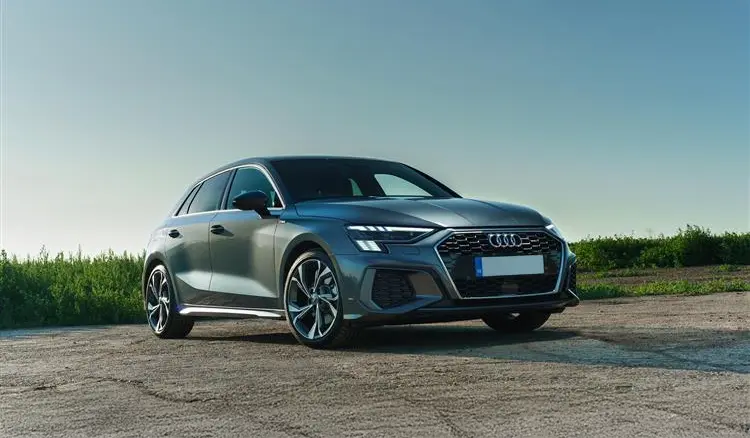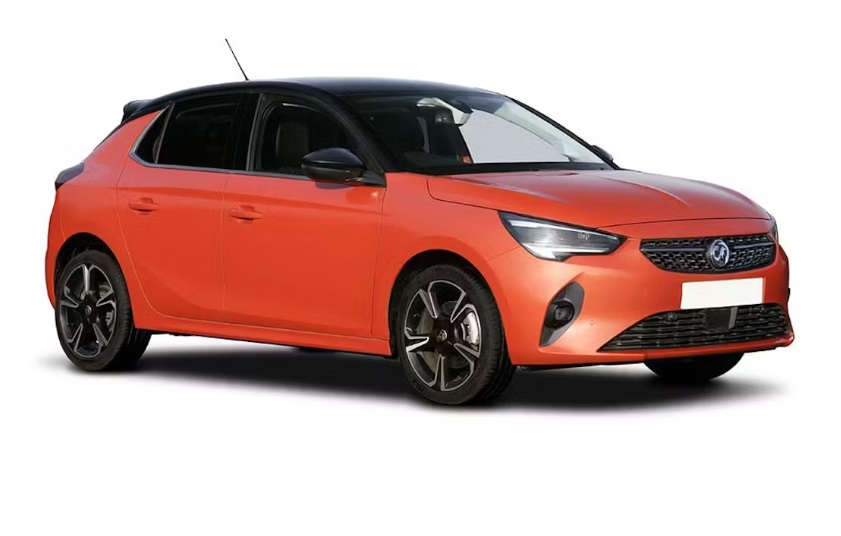
8 Top Tips For Choosing An EV To Lease
More and more people are making the switch to electric vehicles (EVs) in 2023 on the back of financial and environmental benefits. And that makes even more sense when you consider leasing an EV rather than buying one. Not having to pay for ownership of an EV gives you some financial freedom, but the twin conversion of turning to EVs and leasing at the same time can be something of a minefield for some.
The Government has committed to phasing out new petrol/diesel vehicles from 2030, and that date will soon be with us, so making the switch now makes absolute sense. But if you are new to EVs and new to the leasing model there is a lot to take in, so here are eight useful tips to help:
1. Start with an affordable budget
A great benefit of leasing is that you have all your motoring payments in one neat monthly payment. Your leasing cost, road tax, insurance and, in most cases, your service and maintenance costs are all included, so it should be quite easy to work out what you can afford to pay out each month and then see what is available on the leasing market. It is not advisable to overstretch yourself because you are signing up for a financial commitment with a leasing agreement and just like any other loan, you need to keep up with the payments. The good news is that the money you save through leasing means you should be able to afford a higher spec of EV than you would for the same money if you were buying it. So there shouldn’t be a need to over-commit by chasing your dream car, it will be more affordable to lease.
2. Calculate your typical mileage
The cost of your monthly leasing payment will be heavily influenced by the mileage restriction built into your leasing agreement. The only cost you are paying for the vehicle itself is effectively the cost of depreciation that the leasing company is experiencing while you are using the EV, so every leasing agreement has a mileage restriction built into it to ensure your mileage is managed and accurately reflects the payment you are making. If you exceed that mileage then you will face additional costs, so you need to look at your lifestyle and driving practices and work out a realistic annual mileage, and if you can limit this a little you will save even more money.
3. Size, space and range
Just like any previous occasion when you have been choosing a new car, you need to think about what is practical for you and your family. EV models are now available in pretty much every market category and from every major motoring brand, so you have a wealth of choice. Battery range has also improved massively in recent years, but of course you will pay more for an EV with a bigger battery and therefore more range capacity, so if you only want to lease an EV for short trips, school runs and as a family run-around, then you can save money on an EV with a smaller battery and shorter range. You will still find one suitable for your lifestyle.
4. Can you charge at home?
It is much cheaper to charge your EV at home using your own electricity tariff, assuming your current tariff is a good one, than it is using a public charger. But home charging is not suitable for everyone. If you don’t have your own drive and have to park on-the-street or you live in a block of flats, for example, home charging might not be possible.
5. Check out the public charging network
If you can’t charge at home, and even if you can there will be times when you need to charge elsewhere, the good news is that the UK is one of the best places to drive an EV, because the UK charging network is expanding all the time, and you are never too far away from a suitable charging point. Check out the locations of your nearest chargers and where they might fit into your typical daily routines and you will soon switch your lifestyle to suit.
6. Think about charging speed
As well as the size and range of the battery on an EV you also need to look at charging speed. This differs on all EVs but, generally-speaking, the bigger the battery the longer it will take to charge. Another factor is that some chargers re-charge the battery faster than others. Home chargers are typically not the fastest chargers, but that might not matter if you can leave your EV charging overnight, for example. But as well as public charging point locations, you may also need to locate fast-charging stations. If you can find a fast-charger than fills your battery sufficiently while you’re doing the shopping or meeting a friend for a coffee, or anything that you currently do already, then that is perfect.
7. You don’t have to go fully electric
If you are not quite ready to go fully electric you can consider a hybrid vehicle. These come in two forms; a PHEV is a plug-in hybrid which charges just like an EV but has a smaller battery which switches to the petrol/diesel engine after a few miles, while an HEV has a battery which is recharged by the internal combustion engine, but runs on electric energy like a PHEV initially. Hybrid vehicles have an extra five years’ grace in terms of manufacture in the UK, and will be made up to 2035.
8. Consider a used EV
Pink Car Leasing are one of the only leasing companies who can offer leasing deals on a used EV or Hybrid. This potentially makes your leasing deal even cheaper, and because lease deals are typically two or three years, you won’t be getting an EV that is old or has a lot of miles on it, in most cases it might only have had one previous driver.
So now that you have learned all the basics and have some great advice about leasing an EV, contact Pink Car Leasing and we will find the best EV leasing deals for you.
Never miss a deal again
Sign up to our mailing list to receive the latest deals straight to your inbox!
Categories
More Articles

2024 Makeover Brings The A3 In-Line
Audi has released details of its new A3 and S3 models in 2024, bringing them in-line with recent changes made to the oth...

Best Budget Lease Vehicles For Personal Use
If you are looking to lease your next car but you're on a budget, check out our list of the best budget vehicles on the...

How To Find The Cheapest Car Lease Deals In 2024
The many benefits of car leasing include no disposal costs, flexible terms to suit you, and the inclusion of a manufactu...

























